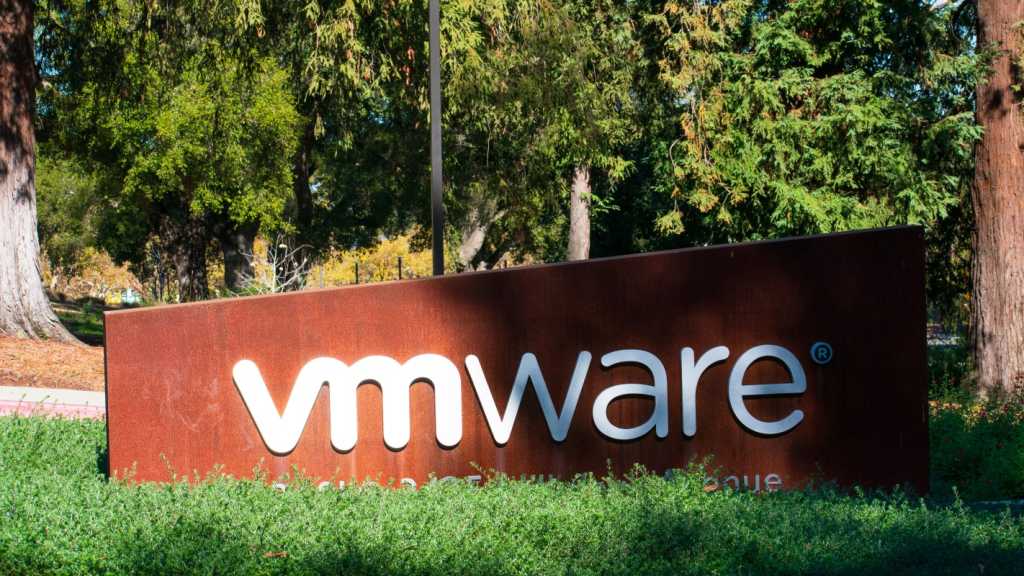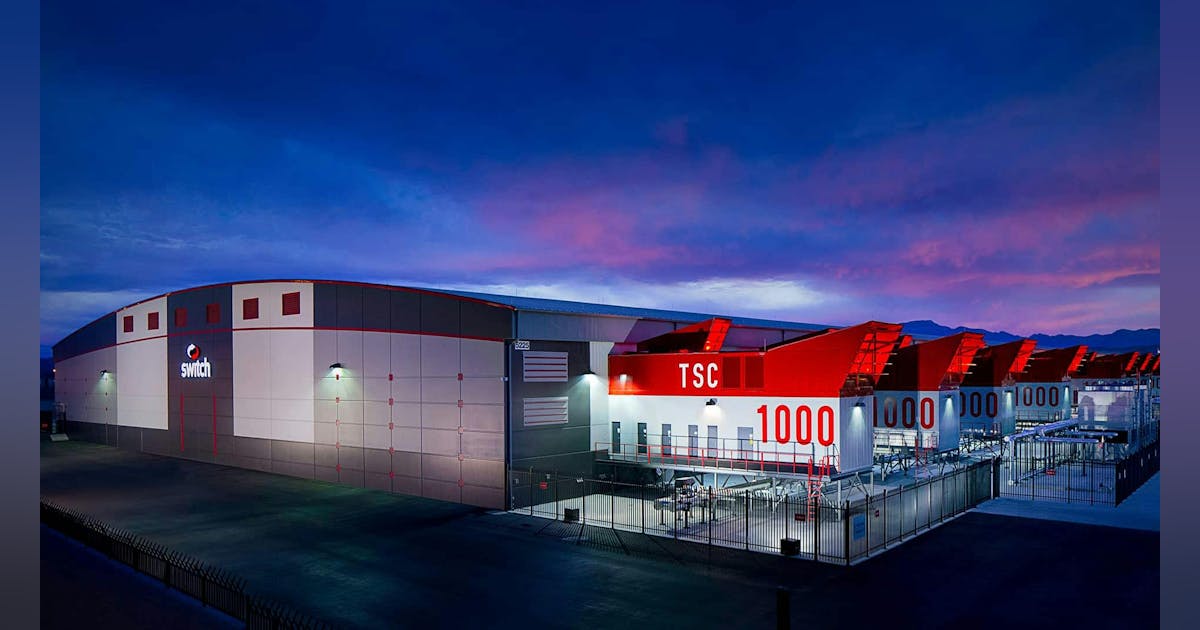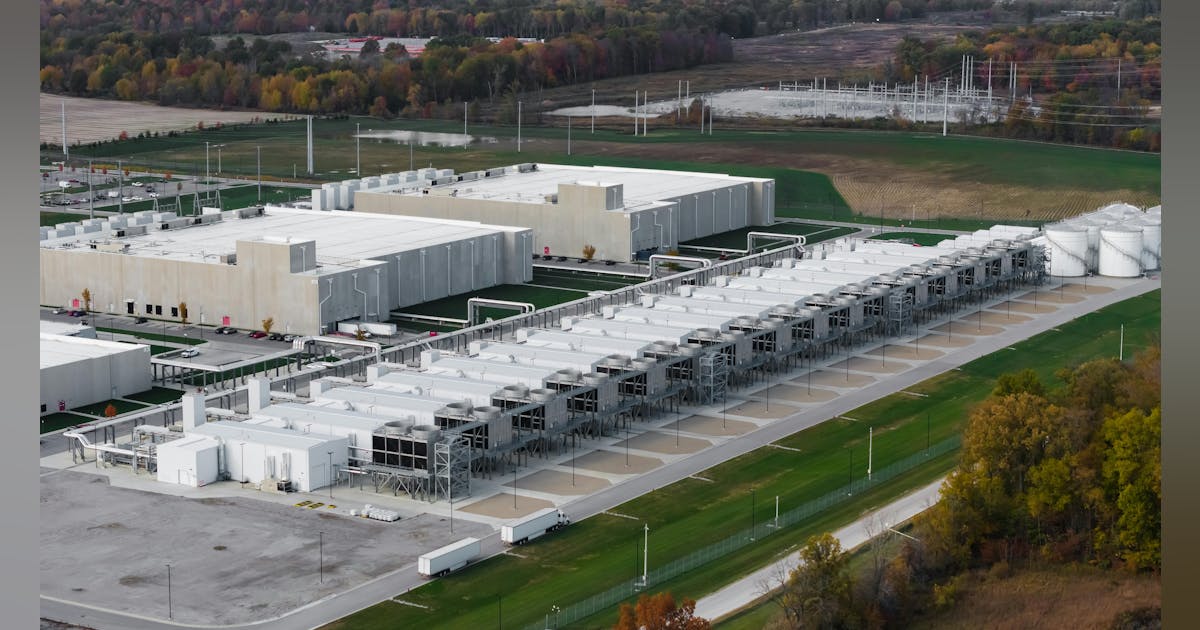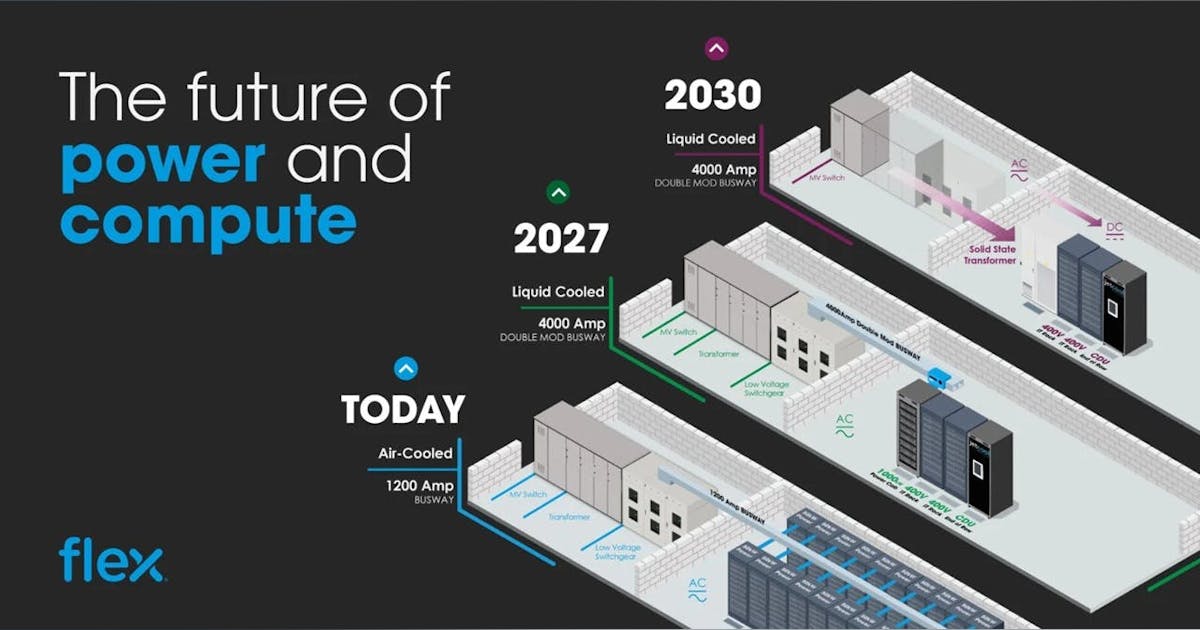
Elliott Investment Management is seeking seats on the board of oil refiner Phillips 66, the latest effort in a multi-year campaign pushing the company to sell assets, improve operational performance and bolster board oversight.
Phillips 66 received a notice from Elliott that the activist investor plans to nominate board candidates at the company’s annual meeting, the refiner said Wednesday in a filing. Elliott will also request that the board hold annual elections for directors. Phillips 66 said the board will review the notice.
Elliott, which began pressing for changes at Phillips 66 in 2023, said earlier this month that it’s now one of Phillips 66’s top five investors and believes the company hasn’t followed through on promises to improve operations. The fund, controlled by billionaire Paul Singer, wants the company to streamline its business and set more ambitious refining targets.
The third-largest US refiner by capacity is already undergoing a multi-year cost-cutting initiative targeting $3 billion in asset sales. But Elliott wants the company to divest its pipeline business, do the same for its 50% ownership of petrochemicals joint venture Chevron Phillips Chemical and finalize a plan to sell European retail assets that operate under the JET brand.
Elliott has said that by selling its pipeline unit, Phillips 66 could “command a premium valuation in excess of $40 billion.”
The activist investor has in recent years pushed multiple refiners to separate their retail, refining and midstream assets to focus on their core business of turning oil into fuel. Marathon Petroleum sold its 3,900-store Speedway gas stations in 2019 for $21 billion following activist engagement by Elliott.
In a February presentation, the hedge fund called for Phillips 66 to follow what it calls the “Marathon Path”. Canadian oil company Suncor Energy Inc., which operates refineries in Canada and the US, did not sell its retail network after an activist campaign from Elliott in 2022, but the company agreed to appoint new directors.
Phillips 66, since Elliott’s campaign began in 2023, has shown little desire to become the kind of company Elliott wants. The refiner announced a $2.2 billion acquisition of natural gas pipeline assets in January.
“We believe we can create more shareholder value by keeping the midstream business integrated with our refining and our natural gas liquids midstream business out to the petrochemicals business,” CEO Mark Lashier said on a January earnings call.
WHAT DO YOU THINK?
Generated by readers, the comments included herein do not reflect the views and opinions of Rigzone. All comments are subject to editorial review. Off-topic, inappropriate or insulting comments will be removed.
MORE FROM THIS AUTHOR
Bloomberg























